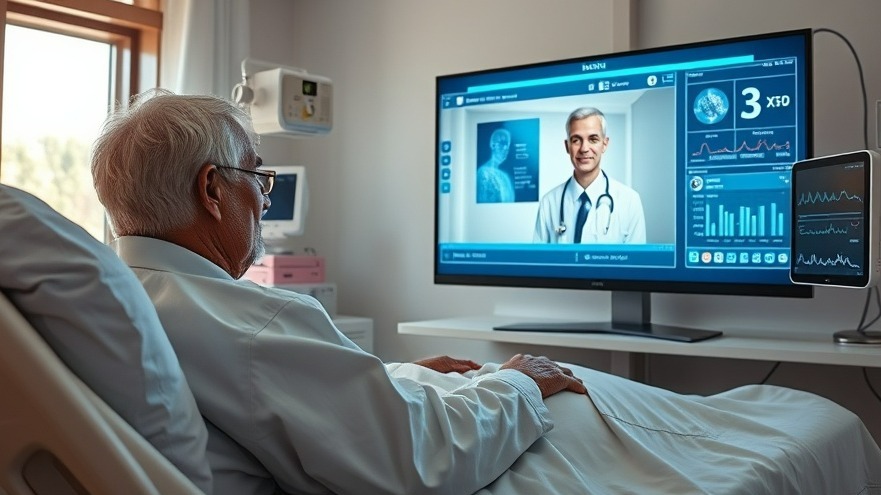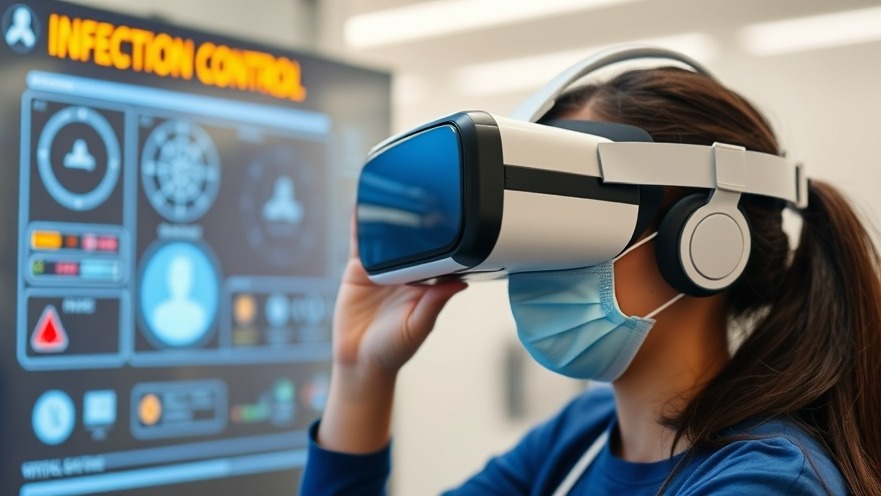
Unraveling the Mystery of Shigella Infection
Recent advances in biotechnology have brought to light significant breakthroughs in our understanding of how pathogens like Shigella bacteria infiltrate the human gut. At Uppsala University, a groundbreaking study has demonstrated the power of lab-grown miniature intestines in simulating human intestinal tissue. This method provides invaluable insights into the pathogenesis of Shigella, a bacterium responsible for severe gastrointestinal diseases, leading to over 200,000 deaths annually worldwide, predominantly affecting young children.
The Power of Mini-Organs in Medical Research
Historically, research on bacterial infections has depended heavily on animal models. However, these often do not accurately reflect human physiology, limiting our understanding of many infections. Using human-derived organoids—tiny slices of human-like intestinal tissue grown from stem cells—researchers can observe the dynamics of Shigella colonization and invasion.
Methodology: A New Approach to Mapping Infection
The research team employed an innovative strategy that involved knocking out certain bacterial genes to identify which are essential for the invasion process. By using this method on their artificial tissue models, they were able to compile the first comprehensive gene map of Shigella, identifying approximately 100 key genes responsible for its pathogenicity. This significant reduction from the bacterium's total of around 5,000 genes highlights critical pathways that could be targeted for therapeutic intervention.
Implications for Future Therapeutics and Treatments
Understanding the specific genes and their mechanisms allows researchers to potentially develop novel therapies that can inhibit these pathways, effectively “turning off” the bacteria's ability to cause infection. Such advancements are particularly vital in the face of increasing antibiotic resistance, making new treatment avenues essential for public health.
Broader Applications: Insights for Other Pathogens
The implications of this research extend beyond Shigella. The mechanisms identified could provide insights into a variety of other bacterial infections that employ similar strategies to invade human tissues. This can revolutionize the way we approach treatment for other common diseases, including infections of the lungs and urinary tract.
Contextualizing the Study within Current Health Challenges
Shigella outbreaks are often fueled by unsanitary conditions, particularly in developing countries. Understanding its infection mechanisms is crucial for appropriate filtration and hygiene interventions. The use of lab-grown organs might also pave the way for new strategies in handling other major diseases globally, addressing both disease prevention and treatment.
Looking Ahead: What This Means for Health Practitioners
For health practitioners focused on patient care, staying abreast of such scientific developments is crucial. These findings not only enhance your understanding of infectious diseases but also inform potential treatment strategies that may improve patient outcomes.
The Shigella study exemplifies how lab-grown technologies can bridge the gap between basic science and clinical application. By incorporating such innovations into practice, health practitioners can anticipate changes in treatment protocols and advise patients on emerging therapies responsibly.
A Call to Action: Stay Informed
As the landscape of medicine continues to evolve with technology-driven innovations, it is imperative for you as a health practitioner to remain informed about these advancements. Engage with the latest research, participate in discussions, and integrate these insights into your practice.
Continual education and adaptation are vital in effectively managing the health of your patients, especially with pathogens like Shigella presenting ongoing challenges.
 Add Row
Add Row  Add
Add 






Write A Comment